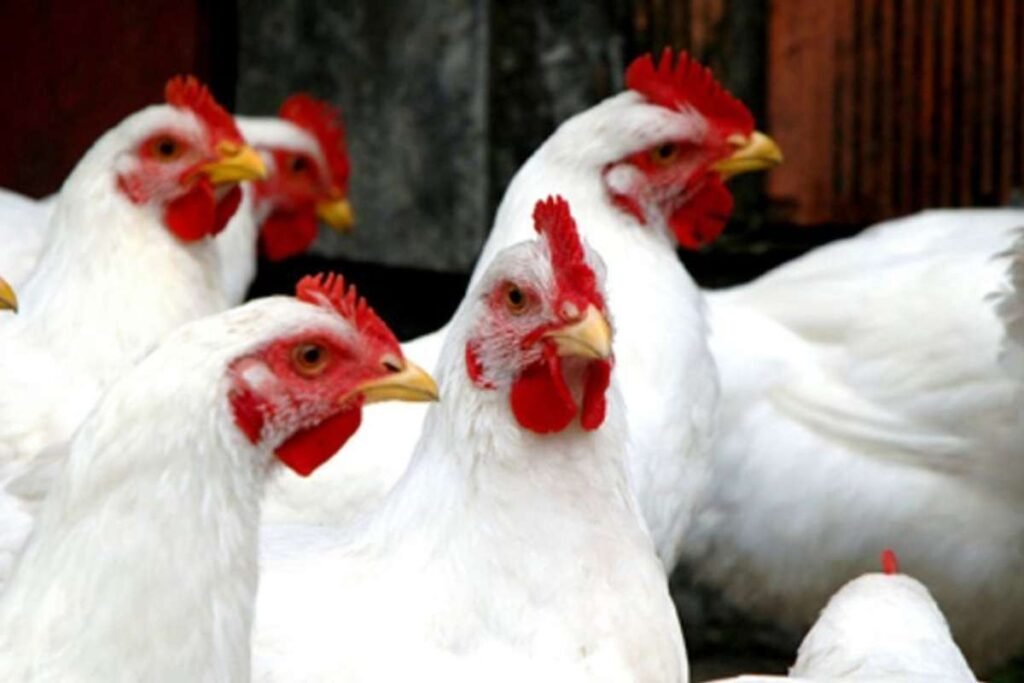The Ohio Department of Natural Resources Division of Wildlife is collaborating with other agencies to investigate the bird flu suspected in Ohio, officially known as highly pathogenic avian influenza (HPAI), within the state. Over recent months, the virus has been detected in numerous states, raising concerns among wildlife officials and residents.
Bird Flu Suspected in Ohio as Testing Underway for Dead Birds
To monitor the potential spread of the virus, the Division of Wildlife has sent several dead birds to the U.S. Department of Agriculture’s National Veterinary Services Laboratory for testing. Although officials note that the virus does not currently pose an immediate public health concern, they advise caution by avoiding the handling of sick or dead birds.
Reports of dead birds have come from multiple Ohio counties, including Auglaize, Erie, Huron, Lucas, Mercer, Montgomery, Richland, Sandusky, and Warren. Among the bird species being tested are Canada geese, trumpeter swans, and a mallard. Wildlife experts note that certain bird groups, such as shorebirds, raptors, and waterfowl, are particularly vulnerable to the disease, as are domestic poultry, including chickens and turkeys.
Natural Spread Among Bird Populations
Bird flu occurs naturally in wild bird populations and spreads through direct interactions, including feeding and other close contact between birds. Officials emphasize the importance of vigilance to limit its spread, particularly in areas where large groups of birds gather.
Residents of Ohio are urged to report any sick or dead waterfowl, as well as any unusual or large groupings of dead birds. Reports can be made by calling 800-WILDLIFE (945-3543) or visiting wildohio.gov.
Risks and Precautions
While bird flu is primarily a concern for birds, it has the potential to impact domestic poultry and wildlife populations significantly. Rapid detection and response are critical in containing outbreaks and preventing further spread. Although the virus does not currently pose a significant risk to humans, precautions are still recommended.
Avoiding direct contact with sick or dead birds and maintaining proper hygiene are essential steps for anyone encountering affected wildlife. Farmers and poultry producers are also encouraged to monitor their flocks for signs of illness and implement biosecurity measures to protect domestic birds from potential exposure to the virus.
Monitoring Efforts Continue
Ohio’s efforts to address the suspected presence of bird flu reflect a broader, nationwide initiative to track and manage the disease. The state remains focused on identifying potential outbreaks early and ensuring that both wildlife and domestic animals are safeguarded.
Residents are encouraged to remain vigilant and report any unusual bird behavior or deaths, particularly among waterfowl and other vulnerable species. By taking these steps, officials hope to mitigate the spread of the virus and minimize its impact on both wildlife and agricultural sectors.
The Division of Wildlife and its partners continue to monitor the situation closely, with laboratory testing results expected to provide more clarity on the extent of the bird flu suspected in Ohio









